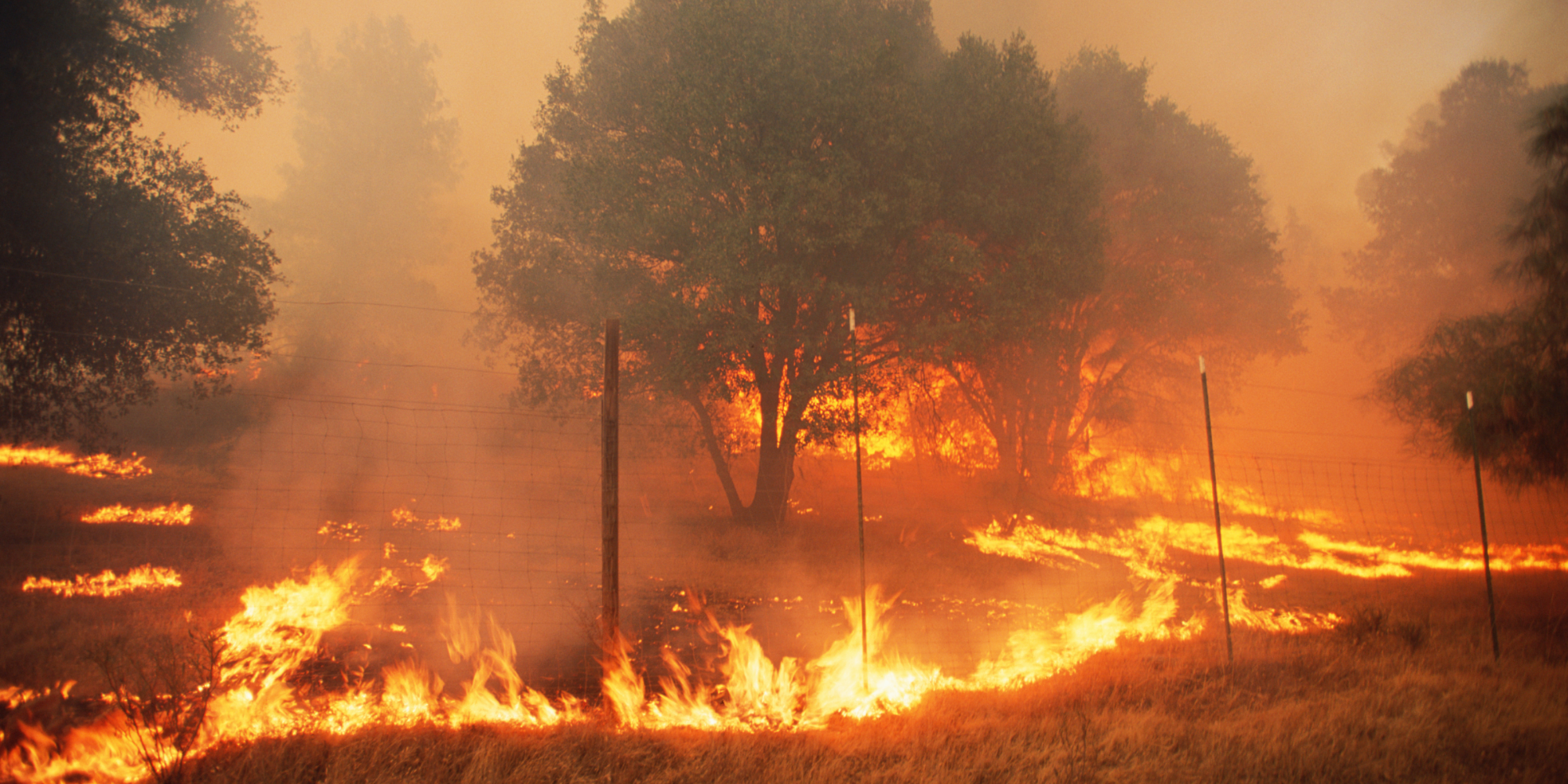In recent years, destructive wildfires have become increasingly common and more severe, putting strain on community resources and the environment. In the United States, approximately 8 million acres of land (about twice the area of Connecticut) burn per year, which is double the average of the 1990s.
Western states are preparing for another devastating summer of fires. Rangeland areas in Washington, Oregon, southwest Idaho, northwest Nevada, and parts of the Great Lakes are expected to have above-normal significant wildfire potential in June and July, with parts of the Great Lakes experiencing above-normal potential into August. The Upper Yukon area of Alaska was influenced by the same heatwave that recently affected northwest Canada and remains at risk of large wildfires in June and July.
These wildfires come at a great cost; the average annual cost for wildfire suppression is 2.86 billion dollars, and this number is only expected to increase.
Poor air quality throughout the eastern and midwestern United States due to recent Canadian wildfires has raised awareness of the escalating wildfire issue. On June 8th, 2023, the Senate Committee on Energy and Natural Resources held a hearing in response to the escalating wildfires and to evaluate reforms in land management and firefighter retention.
Federal Funding to Support Firefighters
A critical issue affecting many towns and cities is a lack of firefighters. In many communities, entry-to-mid-level fire position wages at the federal, Tribal and state levels are not competitive with private-sector opportunities, creating a shortage of public firefighters. Many public sector firefighters are unable to take time off because the current workforce lacks enough qualified individuals to fill their positions. Additionally, the work of firefighters is emotionally challenging, putting strain on the well-being of the brave individuals in this line of work.
To address this strain on firefighters, President Biden’s FY 2024 budget request includes an increase of $10 million each for the Department of the Interior and the Forest Service to establish a Joint Wildland Firefighter Behavioral Health Program. The program will support firefighters by establishing mental health support training, providing post-traumatic stress care and creating a system of trauma support services.
The Wildland Fire Leadership Funding from the Inflation Reduction Act (IRA) provides the USDA Forest Service with an additional $1.8 billion for hazardous fuels funding in the wildland-urban interface. Actions taken by the Forest Service will impact 134 out of the 250 high-risk fire sheds in the western U.S. These investments will help reduce the risk of wildfires to at-risk communities, Tribal lands, critical infrastructure, utility corridors and public water sources. This work aims to mitigate risks for approximately 200 communities within these landscapes.
Challenges Impacting Local Governments
Kelly Norris from the Wyoming State Forestry Division highlighted the issues that can arise when a fire affects multiple jurisdictions. If a wildfire starts on state trust lands, it is the responsibility of the state Forestry to suppress the fire as the jurisdictional agency. If the wildfire spreads to other ownerships, a unified command is created to make decisions involving all entities responsible for jurisdiction. Many wildfires initially burn in one county on private lands and then spread across different counties, affecting both private and state lands. The situation can become more complicated if the wildfire crosses state lines, involving a different federally designated region. As the size of wildfires continues to increase across the landscape, so do the challenges associated with managing multi-jurisdictional wildfires.
The National League of Cities has taken several steps to address the increasing threat of wildfires. The National League of Cities is a member of the Wildland Fire Leadership Council (WFLC), an intergovernmental committee comprising officials from various levels of government, including federal, state, tribal, county, and municipal representatives. The WFLC, convened by the Secretaries of the Interior, Agriculture, Defense and Homeland Security, is dedicated to consistently implementing policies, goals, and management activities related to wildland fires. By working together, the WFLC aims to provide strategic recommendations that promote policy coordination, accountability, and effective implementation of federal wildland fire management policies and long-term strategies. The collaborative environment created by the Council helps ensure efficient and effective wildfire management, fosters fire-adapted communities, and facilitates the creation of resilient landscapes.
Resources for Your Community
Wildfire Risk to Communities is a free tool from the USDA Forest Service designed to help community leaders, such as elected officials, community planners and fire managers better prepare for fires and prevent harm to their community. This is the first time wildfire risk to communities has been mapped nationwide. As wildfires become increasingly more common, innovative tools like this are necessary to help community leaders prepare.
Reducing Wildfire Risk
Learn more about the role local governments can take in reducing wildfire risk and increasing disaster resilience by watching a panel discussion on Wildfire Risk & Resilience hosted in partnership with NLC, the Institute for Local Governments, and Headwater Economics. The webinar includes a guided introduction to the Wildfire Risk to Communities tool.
About the authors:
Mira Schwadron and Ndemazea Fonkem are interns at the National League of Cities.











